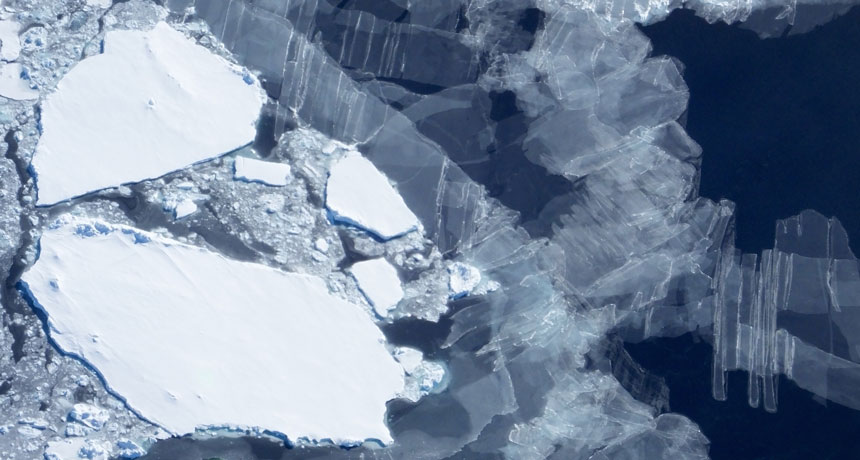Battering storms caused Antarctic sea ice to shrink at record pace
Extreme weather pattern led to daily loss of nearly South Carolina‒sized chunk

MAJOR MELTDOWN Southern Ocean storms in 2016 brought intense, warm winds that broke up Antarctica’s fragile sea ice and hastened its usual springtime melting.
NASA ICE/Flickr (CC BY 2.0)






